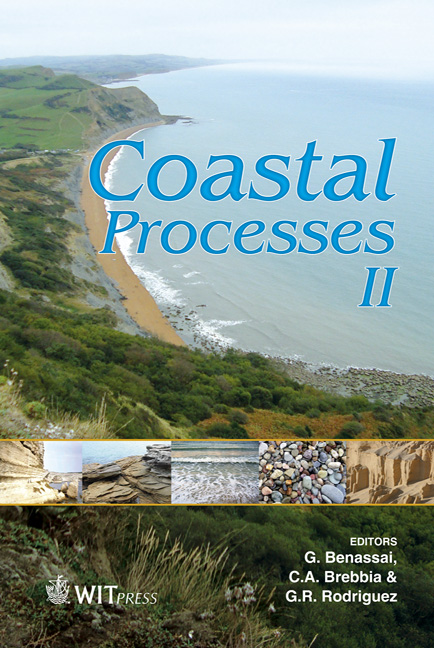Longshore Current Velocities Prediction: Using A Neural Networks Approach
Price
Free (open access)
Transaction
Volume
149
Pages
12
Page Range
189 - 200
Published
2011
Size
362 kb
Paper DOI
10.2495/CP110161
Copyright
WIT Press
Author(s)
T. M. Alaboud & M. S. El-Bisy
Abstract
Accurate current conditions prediction and supplement is an important task in the successful development and management of coastal zone infrastructure. Longshore current velocities forecasting is currently made by adopting conventional numerical and analytical models. In fact, longshore current velocities prediction in the conventional numerical and analytical models require a large amount information apart from historical wave observations and topography maps and are complex and tedious to apply specifically when pointforecasts at specific locations are needed. Therefore, this paper presents an application of a neural network for forecasting and supplementing the daily and monthly longshore current velocities. The neural network was trained using back propagation and cascade correlation algorithms. The data of five stations along the Damietta promontory on the Egyptian Nile delta coast were used to test the performance of the neural network model. The results indicated that the neural network can efficiently forecast longshore current velocities. Neural network forecasting was also found to be more accurate than traditional statistical timeseries analysis. Keywords: longshore current velocities, forecasting, neural networks, ARIMA model. 1 Introduction Longshore currents play the main role in sediment transport along the coast. The longshore current combined with the agitating action of the breaking waves, are the primary factors in causing sand movement. Studies indicate that the greatest
Keywords
longshore current velocities, forecasting, neural networks, ARIMA model





